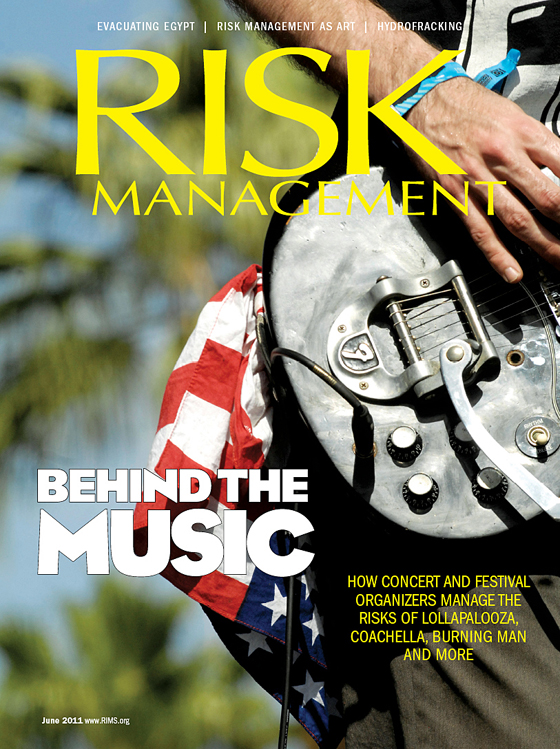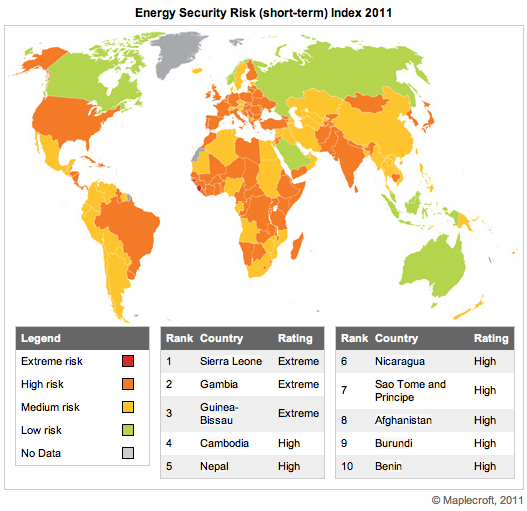It seems Chinese government officials are anything but honest employees. A lengthy report that recently made its way into the media details how corrupt Chinese officials have stolen 3 billion over several years and stashed most of it in the U.
S.
The report claims that up to “18,000 corrupt officials and employees of state-owned enterprises have fled abroad or gone into hiding since the mid-1990s.” The PDF of the report is available in Chinese cyberspace and offers a glimpse into who was stealing money, how much they stole and how they handled their cross border money laundering.
In one case, Xu Fangming, a former Ministry of Finance official allegedly deposited roughly 1 million yuan into the bank account of a son studying abroad.
buy tenormin online dentalhacks.com/wp-content/uploads/2023/10/jpg/tenormin.html no prescription pharmacyIn another, Cheng Kejie, a top politician got his mistress settled in Hong Kong and funneled money to her. Some of the stories are well known. Among the most notable is the tale of Zhang Jian, a former Communist Party chief of Haimen in Jiangsu province, who famously dumped his ill-gotten 18 million yuan into Macao casinos. According to the report, he funded his 48 visits over two years with credit cards.
buy clomid online dentalhacks.com/wp-content/uploads/2023/10/jpg/clomid.html no prescription pharmacy
The other popular methods used for stashing stolen money include black market banking services, trade under current accounts, overseas investments, credit cards and offshore financial centers in the Caribbean and Europe.
China’s central bank has stated that it will cooperate with foreign officials.



